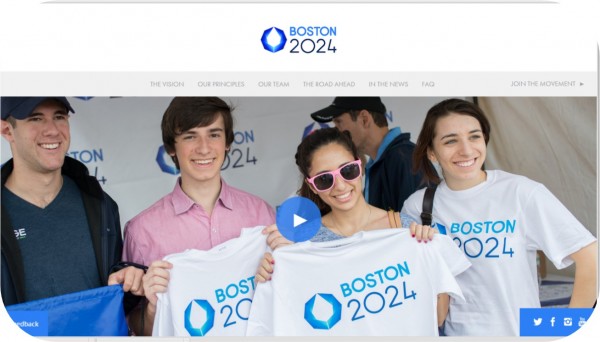Nominations Sought for Women of Innovation as Efforts to Boost Representation in STEM Fields Intensifies
/The Women of Innovation® awards gala, held annually, recognizes Connecticut women accomplished in science, technology, engineering, math and those who are involved in their community. As the January 16 nomination deadline for this year’s 11th annual event approaches, organizers at the Connecticut Technology Council are urging state residents to nominate their peers, colleagues, mentors and students, teachers and business leaders, research associates and inventors.
A study last fall for the U.S. Small Business Administration found that “the gender gap persists for women in STEM fields. Women have increased their representation in STEM graduate enrollment, but that increase has been uneven across STEM fields,” the report found.
“While women have achieved parity for PhDs in biological and medical sciences, their enrollment continues to lag in some of the most entrepreneurial fields, such as bioengineering, mechanical, and civil engineering and materials science,” the report pointed out.
Last month, the White House urged women in the technology fields to share their stories as a way of attracting more women to the STEM disciplines. “When it comes to inspiring young women to pursue careers in STEM fields,” the White House website explained, “research has already shown us what works: Providing early, hands-on experience and encouragement; sharing the stories of positive role models in these fields (like the women whose stories we share); and illustrating the broad impact of roles in these f ields.”
ields.”
In Connecticut, the Women of Innovation awards recognizes women who have demonstrated and sustained accomplishment in their field, from students to business owners. Women can be nominated for awards in eight categories:
- Research Innovation and Leadership
- Academic Innovation and Leadership
- Entrepreneurial Innovation and Leadership
- Large Business Innovation and Leadership
- Small Business Innovation and Leadership
- Youth Innovation and Leadership
- Collegian Innovation and Leadership
- Community Innovation and Leadership
The awards event is "a time for like-minded, successful women to get together and celebrate their accomplishments” – and it provides a reminder that women are excelling in fields where their ranks have traditionally been slim. The awards will be presented at the annual Women of Innovation Gala on Wednesday, April 1 at the Aqua Turf Club in Southington. Presenting sponsors include Boehringer Ingelheim, Covidien, Day Pitney and United Technologies.
Keynote speaker for the event will be Maggie Wilderotter, Chairman and Chief Executive Officer, Frontier Communications, headquartered in Stamford. Wilderotter serves on the boards of Xerox Corporation and Procter & Gamble Company and on the boards of a number of non-profit organizations. Frontier Communications Corporation offers broadband, voice, satellite video, wireless Internet data access, data security solutions, bundled offerings, specialized bundles for residential customers, small businesses and home offices and advanced communications for medium and large businesses in 27 states.It recently began offering services in Connecticut for the first time.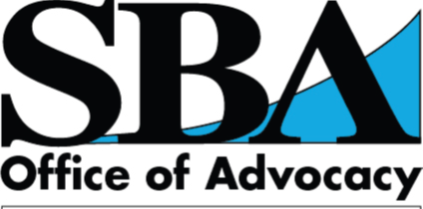
The SBA report also found that “women are more likely to start firms that provide research and consulting services and are less likely to start firms in semiconductor and aerospace manufacturing, navigational instruments or communications equipment, which may correlate with lower reported rates of R&D activities for women STEM PhDs.”
As Connecticut seeks to promote growth in the bioscience and related technology fields, the SBA findings may be of particular note, including that “High-tech women-owned businesses may also be less likely to locate in geographic regions where they can take advantage of regional clustering of highly skilled labor and knowledge spillovers.” The report found, however, that “female STEM PhDs value the independence of self-employment more than their male counterparts.”
The White Hou se Office of Science and Technology Policy notes that “Supporting women STEM students and researchers is not only an essential part of America’s strategy to out-innovate, out-educate, and out-build the rest of the world; it is also important to women themselves.”
se Office of Science and Technology Policy notes that “Supporting women STEM students and researchers is not only an essential part of America’s strategy to out-innovate, out-educate, and out-build the rest of the world; it is also important to women themselves.”
Women in STEM jobs earn 33 percent more than those in non-STEM occupations and experience a smaller wage gap relative to men, according to the Office. “Increasing opportunities for women in these fields is an important step towards realizing greater economic success and equality for women across the board.”



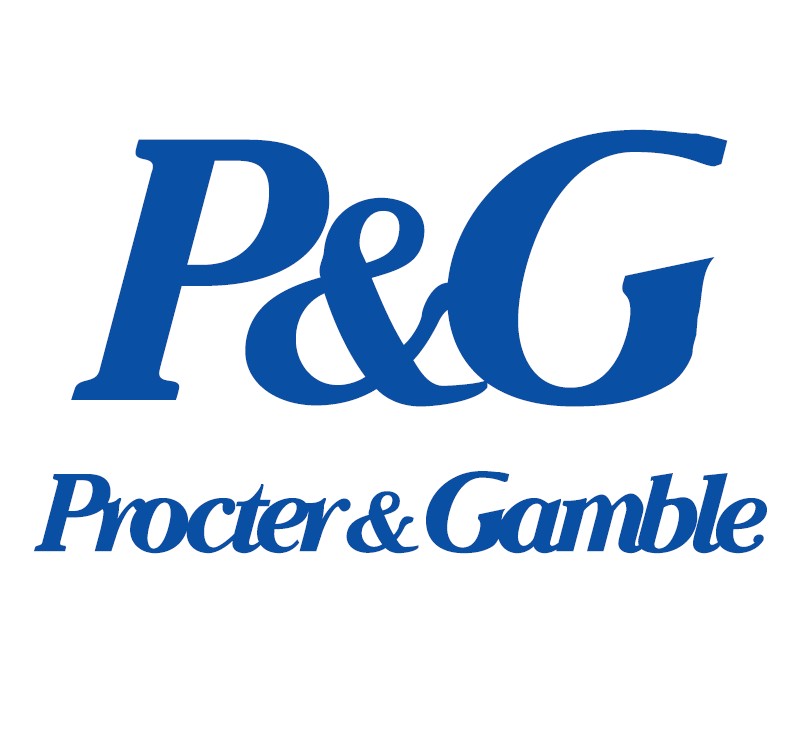 The small print in the ad cites ”FAN Data, IMS Health, Affected Population in Hartford for Week Ending Saturday, December 6, 2014.”
The small print in the ad cites ”FAN Data, IMS Health, Affected Population in Hartford for Week Ending Saturday, December 6, 2014.”









 “With more than 540 firms participating in the IPA annual Survey and Analysis of Firms this year, along with many CPA firm associations contributing to the search to identify the IPA 200, this (is) the definitive ranking of the nation’s largest public accounting firms,” said Kelly Platt, principal of The Platt Group, the publisher of IPA.
“With more than 540 firms participating in the IPA annual Survey and Analysis of Firms this year, along with many CPA firm associations contributing to the search to identify the IPA 200, this (is) the definitive ranking of the nation’s largest public accounting firms,” said Kelly Platt, principal of The Platt Group, the publisher of IPA. mong the industry trends cited by the publication are tighter margins, leadership changes, globalization, new regulations, acquisition pressures, evolving technology, cultural shifts, fierce competition, and commoditization of services (firms struggling to differentiate in the marketplace).
mong the industry trends cited by the publication are tighter margins, leadership changes, globalization, new regulations, acquisition pressures, evolving technology, cultural shifts, fierce competition, and commoditization of services (firms struggling to differentiate in the marketplace).

 .
.
 Recognized programs and organizations include the Rowley Spring Adult Education Diploma and Certificate Program, Billings Forge Community Works, Northwest Connecticut Manufacturer's Coalition, the Southeastern Connecticut Cultural Coalition, Fiddleheads Natural Food Co-op and the Putnam Business Association's First Fridays event.
Recognized programs and organizations include the Rowley Spring Adult Education Diploma and Certificate Program, Billings Forge Community Works, Northwest Connecticut Manufacturer's Coalition, the Southeastern Connecticut Cultural Coalition, Fiddleheads Natural Food Co-op and the Putnam Business Association's First Fridays event.

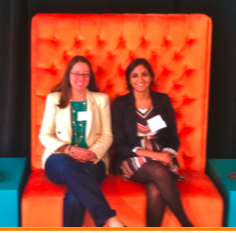 rt this new chapter,” said co-founder and CEO Kate Pipa, who lives in Shelton. “And we are excited to bring kids a new box each month of hands-on fun that also doubles as a learning opportunity and is making social impact for the kids and for our partner organizations.”
rt this new chapter,” said co-founder and CEO Kate Pipa, who lives in Shelton. “And we are excited to bring kids a new box each month of hands-on fun that also doubles as a learning opportunity and is making social impact for the kids and for our partner organizations.”



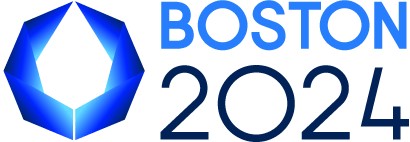
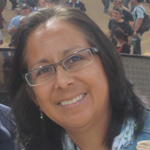 “Many preliminary competition events would need to take place outside of the main Olympic Park areas so events may occur as far away as Connecticut. This also is an opportunity for more people to get involved with the Olympic Spirit,” Garcia adds.
“Many preliminary competition events would need to take place outside of the main Olympic Park areas so events may occur as far away as Connecticut. This also is an opportunity for more people to get involved with the Olympic Spirit,” Garcia adds.


 An Olympic games in Boston would utilize existing sports venues of both professional teams and area colleges, which could reduce potential costs. Infrastructure improvements, such as in transportation, are already on the drawing board, and could accelerate with a Boston bid.
An Olympic games in Boston would utilize existing sports venues of both professional teams and area colleges, which could reduce potential costs. Infrastructure improvements, such as in transportation, are already on the drawing board, and could accelerate with a Boston bid.
